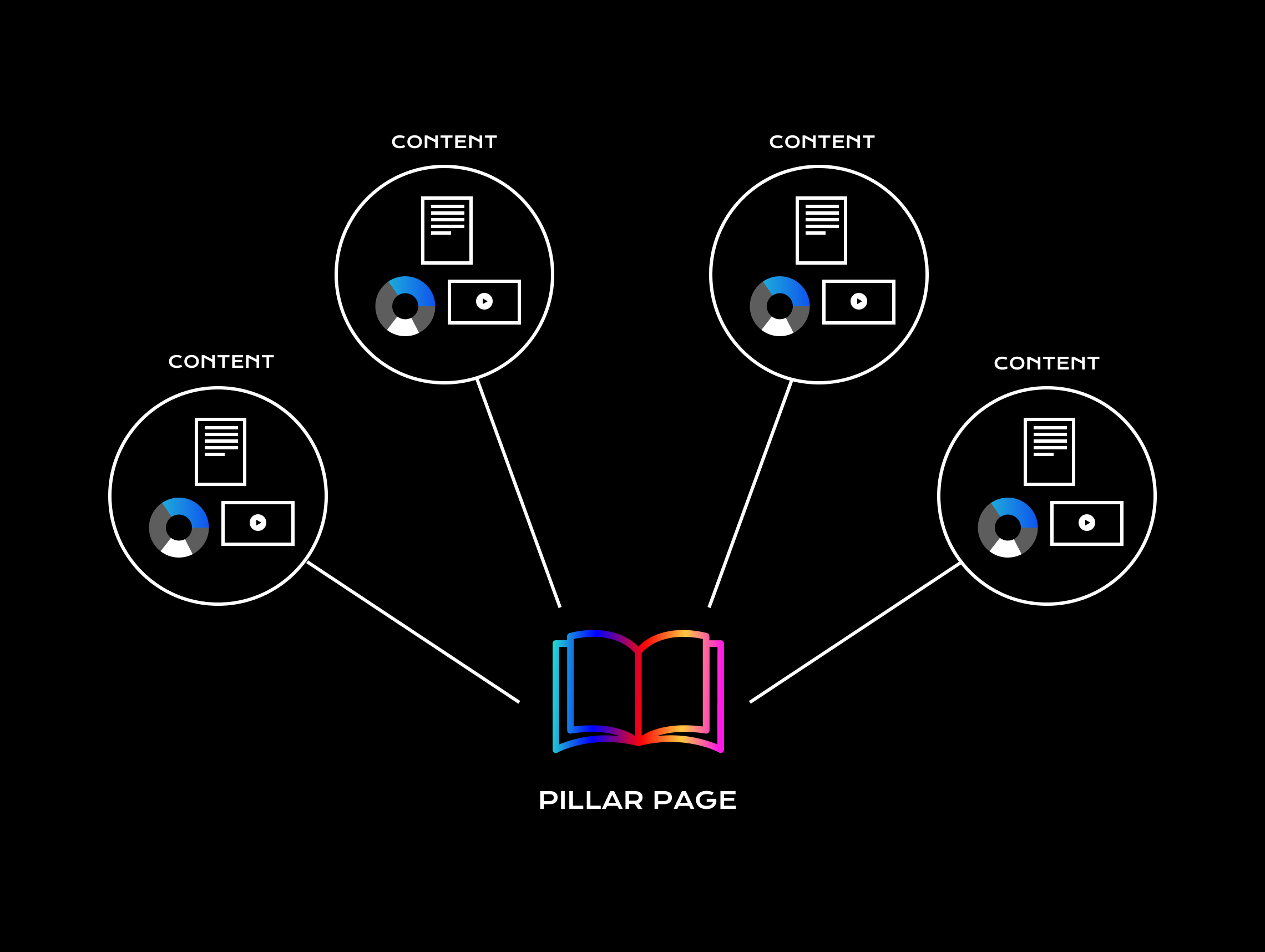When it comes to creating and running a marketing campaign, just jumping in and doing it isn't...
When you consider that 85 percent of small-to-medium business predominantly use inbound marketing (according to HubSpot’s State of Inbound Report), it’s no real surprise why inbound marketing is perceived as one of the most effective marketing strategies around.

The same can be applied on an enterprise level and on an international scale but obviously, tactics and strategies need to be tweaked slightly if you plan to attract international audiences to globalise your inbound marketing strategy.
Here are some tips on how you can nail international inbound marketing successfully.
Translate and Optimise Your Website
CSA Research found that around 75 percent of consumers prefer to buy products in their native language, even if they’re proficient in English. They process information in their native language much quicker.
This is why you should consider translating your website to provide content in your target markets’ native tongue. In HubSpot, you can manage your multi-lingual content for your global audience on your landing pages and website pages.
Just make sure the branding changes where needed and throw in some local keywords and relevant cultural nuances to dial into your international audience. By offering your global audience the chance to switch between languages, you can drive more traffic and enjoy more conversions in the long-run.
-May-12-2022-11-17-11-71-AM-1.jpg?width=600&name=IMG_1336%20(1)-May-12-2022-11-17-11-71-AM-1.jpg)
Focus on Global SEO
To gain traction in any market, you need to use relevant keywords that people are actively searching for. Just like a language barrier can be a real hurdle to overcome with your website, you should think about SEO on a global level and think about keywords that your target audience will use when searching for products.
Chances are, they won’t be using the English keywords. So, when you translate your content from your website right through to blogs and landing pages, make sure the keywords are also optimised and used in the language of your target audience.
Tweak How You Market to Your Buyer Personas
Even on an international scale, your buyer personas will remain somewhat the same. Whether it’s in England or Japan, your product and service will be marketed to the same buyer persona even though they’re on opposite sides of the world.
For example, you could be selling specialist shoes for hotel workers. This means people all over the world could be searching for your product. When it comes to your buyer personas, they’ll all have the shared pain points - even on an international scale. Their feet hurt, they need comfort and protection and your shoes are the answer.
Some tweaks are needed, though. They’ll all need educating further (and that can only happen when you translate your content so it resonates with your global audience), but how they digest content and the cultural references used could differ.

The references you use for an English audience might not work that well in Latin America, the Middle East or even Far East Asia. Rather than using a one-size-fits-all approach, tweak personas slightly depending on where your audience is based to have a bigger impact.
Add More Social Accounts
This doesn’t mean go out and create social media accounts for platforms your target audience doesn't even use. But, it fits in with the translation aspect of creating accounts in different languages to cater to your international audience.
Just like people prefer to make purchases in their native tongue, it’s a lot more challenging for them to communicate with your social media team in a language they don’t speak or understand.
Adding more social media accounts to the current platforms in multiple languages is a lot more beneficial when it comes to marketing, educating and helping your global target audience.
Blog Content
Focusing primarily on blog content, you’ll also need to think about how your business publishes blogs. Again, on an international scale, your enterprise company will benefit from publishing and sharing blogs in more than one language.
As the point of blogs is to educate your target audience and solve their challenges, it’ll be of no use hoping that blogs in one language will help a worldwide audience.
If you’re on HubSpot, for example, then you can set up different blogs for different languages/regions. It doesn’t look good for the brand if the same blog page is publishing the exact same post in about five different languages.
By having different blog pages for different languages, content can be published directly to the relevant page.

That way, it’s much easier for your global target audience to visit the blogs most relevant to them.
Organise International Teams
On an enterprise level, it’s too risky to let every member of staff have access to pretty much anything. You may have confidential materials that shouldn’t be shared across all of your users and teams, especially if everyone’s spread around the globe.
If you’re working on an international scale, then it makes more sense to restrict access for certain teams. For example, it can be as simple as restricting access to make sure no accidental blogs are being published on the wrong pages.
HubSpot’s Teams feature lets you organise your users into groups for organisational and reporting purposes. There's also the content partitioning feature means you can basically partition by content permission. This keeps your dashboard streamlined and each user only sees content assigned to them.
Don’t Ignore Time Zones
To really have an effective international inbound marketing strategy, email marketing needs to come into play. However, it’s not a good idea to send out all of your emails based on your time zone and ignoring what time it’ll be for your contacts worldwide.
Sending an email out at the same time in Europe and Asia probably won’t have much of an impact. Instead, look for a solution that lets you schedule emails through automation and send them out when you decide.
HubSpot has this feature, where you can schedule a batch marketing email to send at a specific time in your recipients’ time zone so they don’t miss it and always receive them at appropriate times.

International inbound is entirely different on an enterprise level, so these are all things you need to consider if you want to grow globally.
Find Out More About Taking Your Enterprise Inbound Strategy to the Next Level
Now that you have the tips to start perfecting your international inbound marketing strategy, you’re on the right path to making your next campaign a massive success. However, there’s still more to learn to make sure each campaign is a hit on an enterprise level, so we created a comprehensive eBook about it all.
From strategies to try out like account-based marketing (ABM) to how you can use HubSpot effectively, you can find it all in out Inbound for Enterprise guide.
Grab your free copy by clicking the link below.



